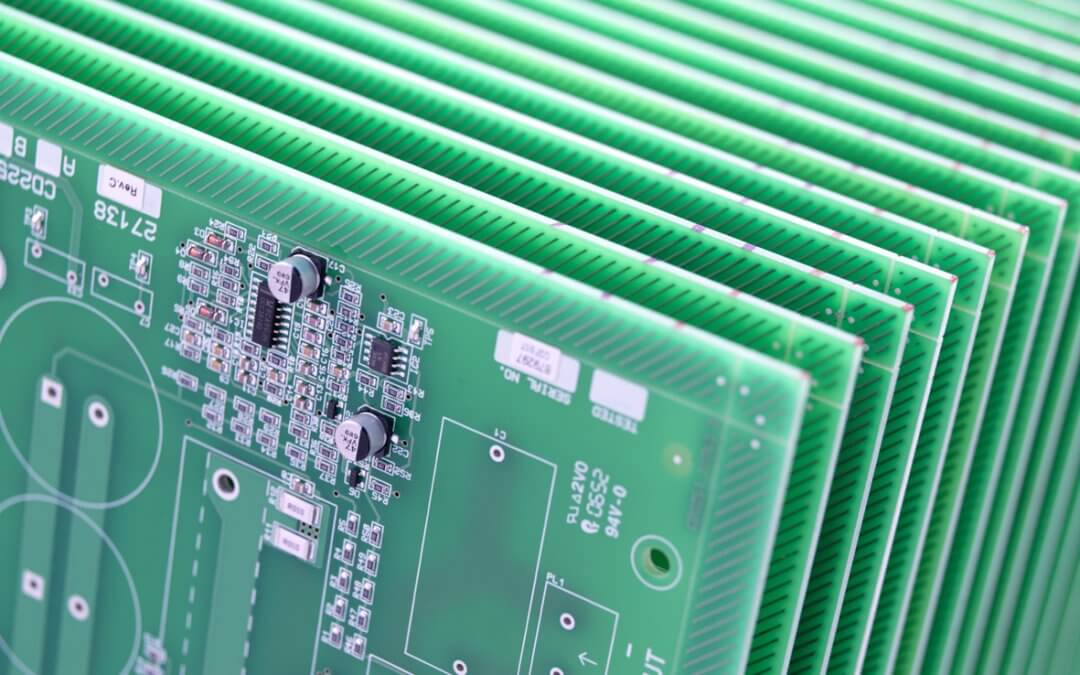It’s become something of a ‘small batch’ legend.
In his classic introduction to ‘Lean Thinking’, James Womack narrates the tale of how he challenged his children to an envelope-stuffing competition.
They decided to set up an assembly line: one of them folded the letters, another labelled and placed a stamp on the envelope and a third stuffed the newsletter in each and sealed it.
James opted for a small batch approach: he folded, stuffed and stamped one envelope at a time.
As in all the best fairy tales the small batch hero conquered the over-sized, giant assembly line.
And the lesson of the story is:
Henry Ford only got it right some of the time.
Small batch assembly
We’re so used to bowing to the gods of economies of scale and continuous production that we can easily become blind to the moments when these are very much false idols.
Think for a moment about why James won his challenge (and, no, it wasn’t because he was the adult).
Stuffing one envelope at a time got the job done faster because of all that hidden time it took to sort, stack and move around the large piles of work-in-progress envelopes on the assembly line.
While it’s certainly true that each child became more efficient at their allotted task, individual performance was, in the end, less important than the overall performance of the system.
The benefits of small batch assembly for OEMs
Let’s take a look at small batch assembly and consider where it may offer an attractive alternative to OEMs.
- It allows you to be more agile
In these days of increasingly customised, and occasionally personalised, devices, small batch assembly allows you to quickly switch between the production of different models and variants.
- It allows you to be more responsive
Identifying and fixing quality problems can often be done much sooner and more cost-effectively, as you don’t have to wait until the end of the assembly line to discover problems.
- It involves much less up-front and overhead investment
To achieve the economies of scale of long assembly runs an investment in raw materials and components in bulk is needed. As well as the increased inventory costs for input materials there is also the resultant abundance of products at the end of the run that offer overhead costs for storing.
- It can reduce manufacturing risk and get you to market quicker
Small batch assembly allows you to get a finished product into your customers’ hands faster. Particularly for prototypes this is critical – enabling you to validate, gain feedback and implement any specification changes that might be required. It also allows you to trial new products without committing to holding large stocks until sales performance is confirmed.
The drawbacks of small batch assembly
Like all fairy tale heroes, small batch assembly is sometimes flawed.
The majority of time (depending on product complexity) goes into setting-up a surface-mount manufacturing process. Running a batch double the size, effectively amortises the set-up cost twice as far. In this case, there is no substitute for volume: bigger is better.
Apart from losing out on cost for longer runs, the main failing is that unless a small batch assembly is meticulously planned and optimised to reduce downtime and cycle time, it can very quickly become inefficient and expensive.
Thankfully, with practice and expertise this, at least, can be avoided. But, the very model of small batch assembly requires for a certain amount of inefficiencies as equipment is stopped, re-configured and tested before the next batch can be produced.
Continuous run or small batch?
Having sung the praises of the small batch it’s worthwhile taking a reality check. For longer runs in greater volume there is no doubt that continuous production is cheaper. But there is a place for the small batch.
We always advise customers to let us help them understand the issues, priorities and ideal deliverables for each product (or range of products) and build a risk-averse plan based on this.
Undoubtedly there are huge benefits in creating scalable volume, but it’s all about planning and careful management. A combination of small batch assembly segueing into continuous production can often offer the best way to progress to volume and optimise your manufacturing costs.
And, hopefully, we’ll all hit those profit figures happily ever after.
